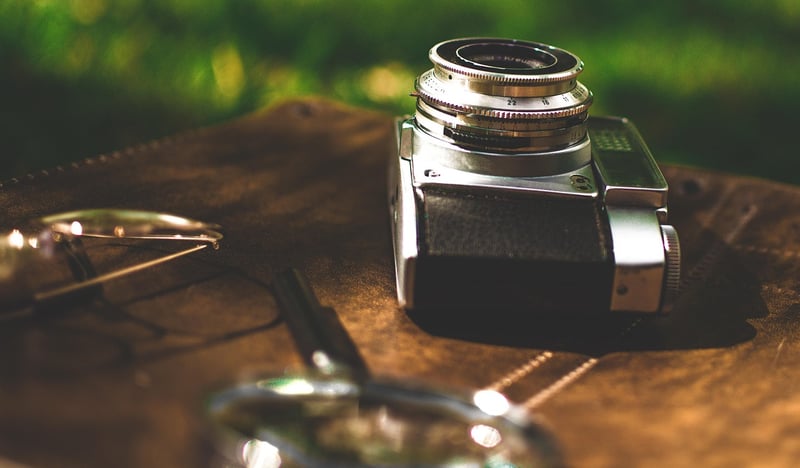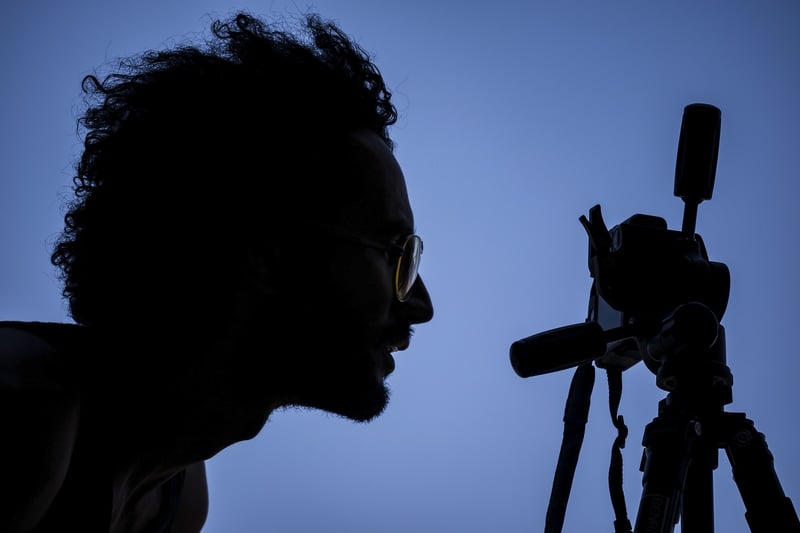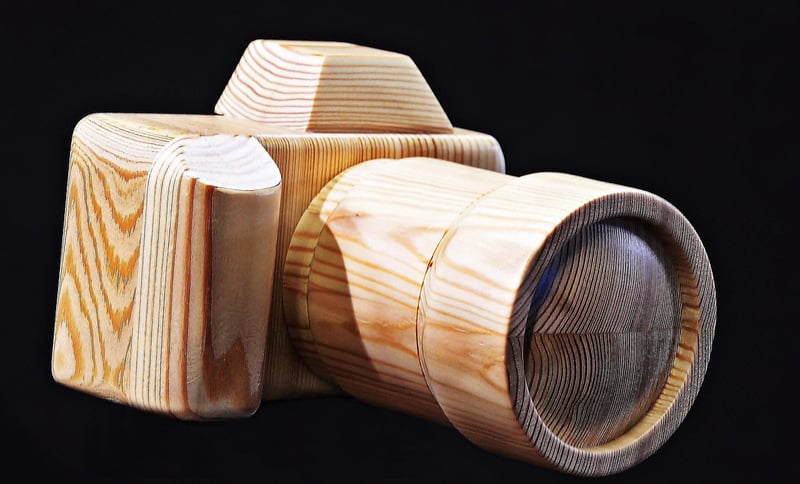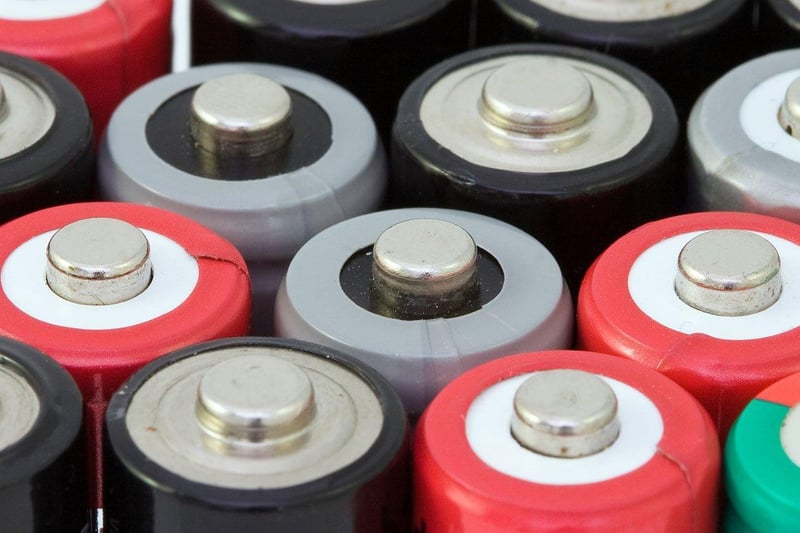Equipment Essentials
Capture the Perfect Shot: Equipment Essentials
Photography is an art that requires skill, creativity, and the right tools. Whether you are a professional photographer or an amateur enthusiast, having the essential equipment can make a significant difference in capturing the perfect shot. Here are some equipment essentials that every photographer should consider:
1. Camera
The most critical tool for any photographer is the camera. There are various types of cameras available, including DSLRs, mirrorless cameras, and compact cameras. Choose a camera that suits your photography style and budget.
2. Lenses
Investing in good quality lenses can significantly enhance the quality of your photographs. Different lenses serve different purposes, such as wide-angle lenses for landscapes, telephoto lenses for wildlife photography, and macro lenses for close-up shots.
3. Tripod
A sturdy tripod is essential for capturing sharp images, especially in low light conditions or when using slow shutter speeds. It helps stabilize the camera and prevents camera shake, resulting in clear and crisp photos.
4. Lighting Equipment
Lighting plays a crucial role in photography. While natural light is ideal, having additional lighting equipment such as speedlights, strobes, or continuous lights can help you control the lighting conditions and create stunning effects.
5. Camera Bag
Protect your valuable equipment with a durable and well-padded camera bag. It not only keeps your gear safe and organized but also makes it easier to carry your equipment when you are on the move.
6. Memory Cards and Batteries
Always carry extra memory cards and batteries to ensure you never miss a shot due to running out of storage or power. It's essential to have spares to avoid any disruptions during your photography sessions.
7. Cleaning Kit
Keep your gear in top condition with a cleaning kit that includes a microfiber cloth, lens cleaning solution, a blower brush, and sensor cleaning swabs. Regular maintenance can prolong the life of your equipment and ensure optimum performance.
8. Remote Shutter Release
A remote shutter release allows you to trigger the camera without physically touching it, reducing the risk of camera shake. It is especially useful for long exposures, time-lapse photography, and self-portraits.
By investing in these equipment essentials, you can elevate your photography skills and capture stunning images that truly stand out. Remember, the right tools combined with creativity and passion can help you achieve your photography goals.







